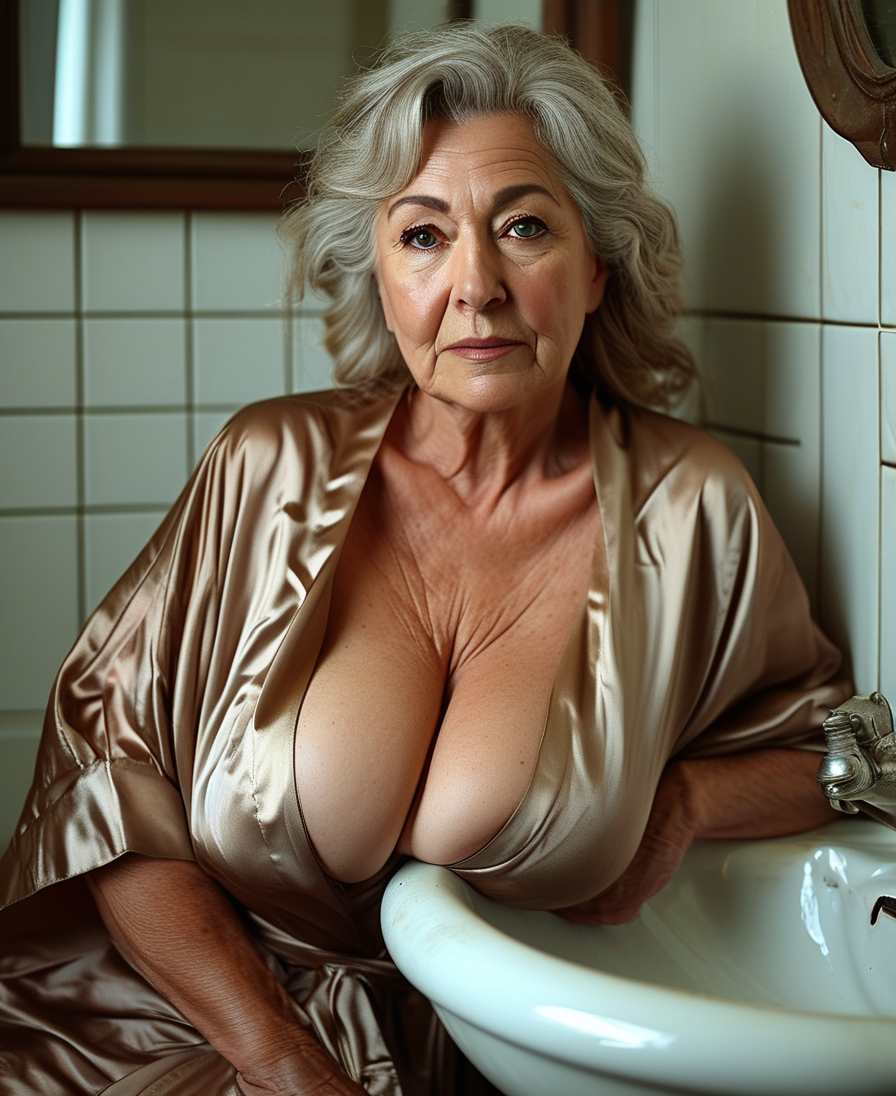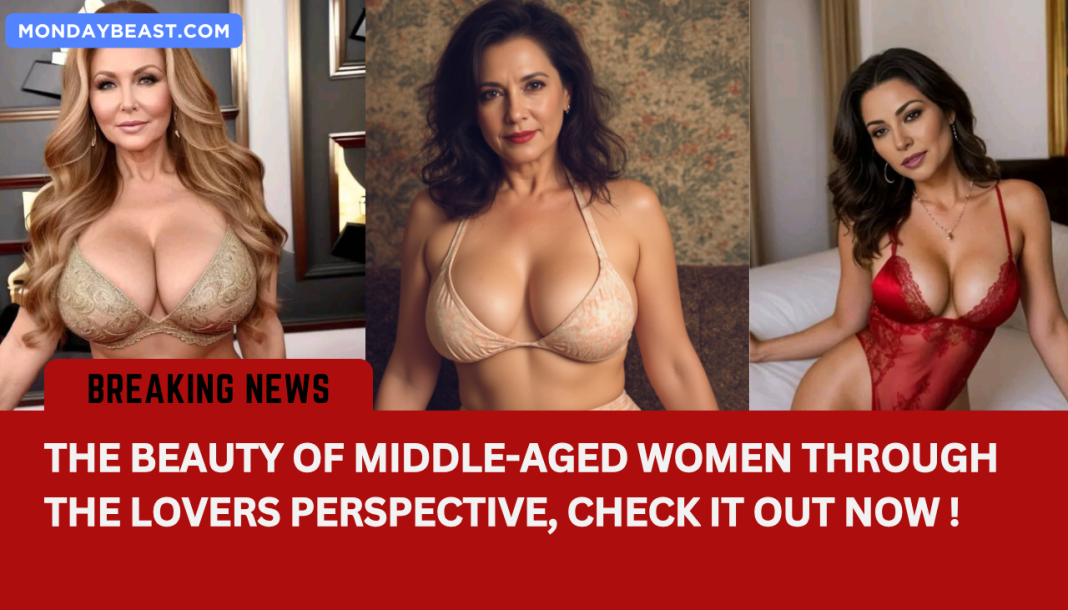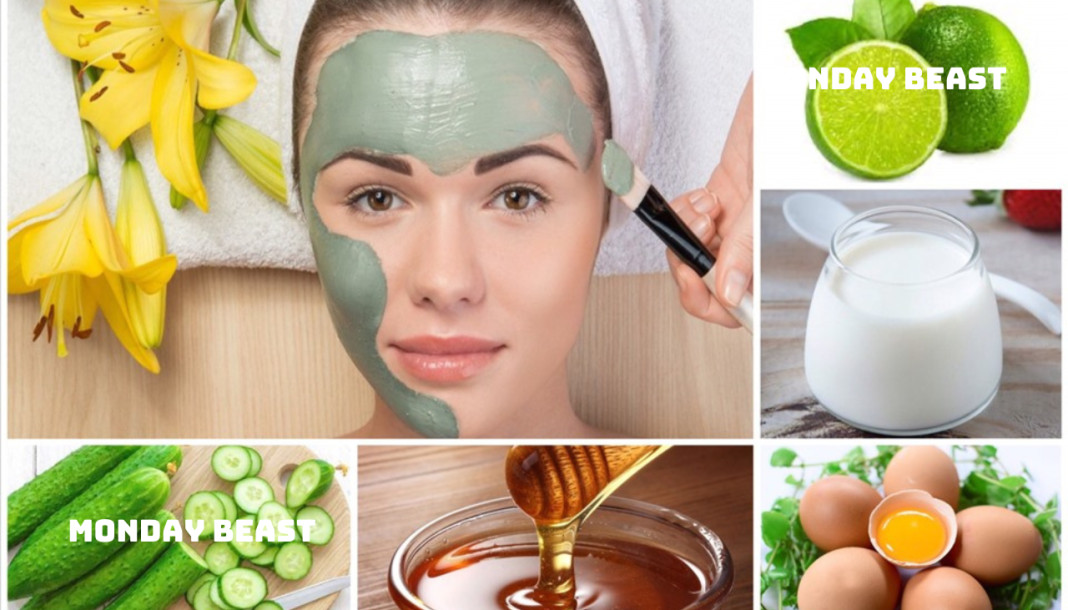The world is changing, but is it really changing for everyone? Midlife women often feel left out of the body positivity movement. What is the reason behind this omission?
Last summer, I was out walking my dog. It was a sweltering 38-degree day in downtown Toronto. The sun felt intense, and the heat made every movement a little sluggish. As I strolled through the park, I noticed something striking.

Young women lounged nearby. They seemed so at ease, completely unbothered by the heat or their bodies. I watched them laugh and play, their diverse shapes visible in bikinis and shorts designed for summertime fun. I felt the weight of envy.
Here I was, a 50-year-old woman, wrapped up in the voice of self-doubt. It told me constantly that I should lose a few pounds to feel right in my skin. Why is it so difficult to find body positivity at this age?
It was clear that the body positivity movement had made strides in recent years. Icons like Ashley Graham and Precious Lee had taken the lead, inspiring women of all sizes. Yet, I couldn’t shake the feeling that something was amiss. Where were the women over 40?

I reached out to friends who share similar concerns. Amanda, a dancer, emphasized how the fashion world remains youth-centric. “I rarely see older plus-size models,” she told me. It’s hard to feel included in a movement that seems to ignore a large part of its audience. Yet, there we were, eager to be seen.
Anastasia shared her lifelong struggle with representation, too. With every email, the void became evident. “For the first 40 years,” she wrote, “I failed to see anyone who looked like me.” It makes me wonder: how enduring is this gap?
Samantha Brennan, professor and feminist activist, pointed out that while the conversation is broader, older women are often an afterthought. “Inclusivity has its limits,” she said succinctly, hitting the nail on the head.

Taking this deeper, the heart of the issue seems to lie in societal standards of beauty. As the media showcases young bodies, older women are left searching for their place. How do we begin to change this narrative?
Louise Green expressed her skepticism towards brands embracing older women. “Are they ready?” she asked. It’s a question I have reflected on many times. Shouldn’t we demand to see ourselves represented in fashion?
What does this mean for our self-acceptance? If we rarely see images that resonate with our own bodies, it’s easy to fall into the trap of self-doubt.
I sometimes daydream of a world where all bodies are celebrated, irrespective of age. What if we lived in a society that valued midlife women as much as those in their twenties?
The media can uplift other ages and body shapes. Why not include us? Women in midlife need to see reflections of themselves—fear, experiences, joy, and all—in the media. We want to be a part of the body positivity conversation.
Every woman deserves to feel confident and beautiful in her own skin. If this movement is about inclusivity, then let’s ensure that includes every woman, young and old alike.
The absence of visibility can eat away at a woman’s self-esteem. It reflects a broader issue of who is considered beautiful or worthy of being seen.
This lack of representation has a significant emotional toll. It leaves one feeling disconnected and unworthy. Can we change this together?
As we embrace the conversation around age and body acceptance, we need to remind ourselves: we are not alone in this journey. Every woman who has ever felt invisible has a voice.
Imagine walking into a clothing store and seeing a midlife woman as the face of a brand. It would feel like a warm hug, wouldn’t it? Relevant, purposeful, and inclusive. A message that shouts loudly: “You belong.”
Maybe it’s time for brands to commit to honest conversations. Representation matters, and so does self-love regardless of age. Let’s call for midlife inclusivity.




